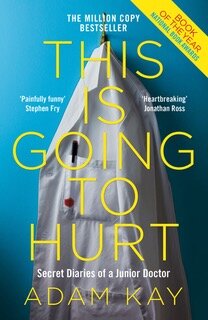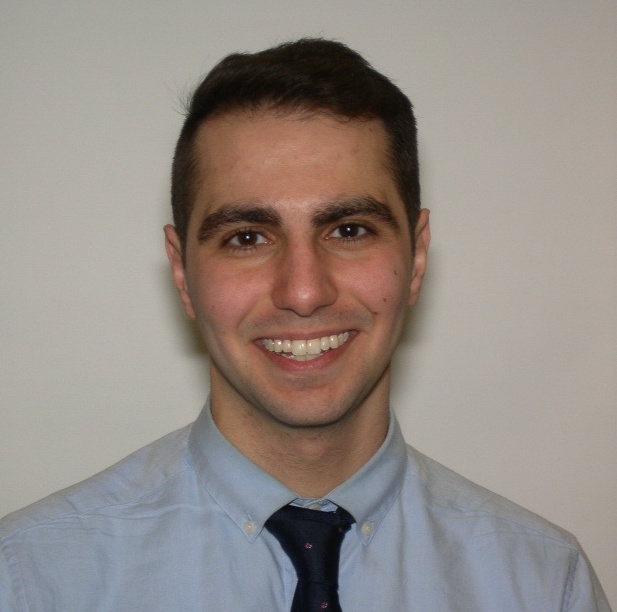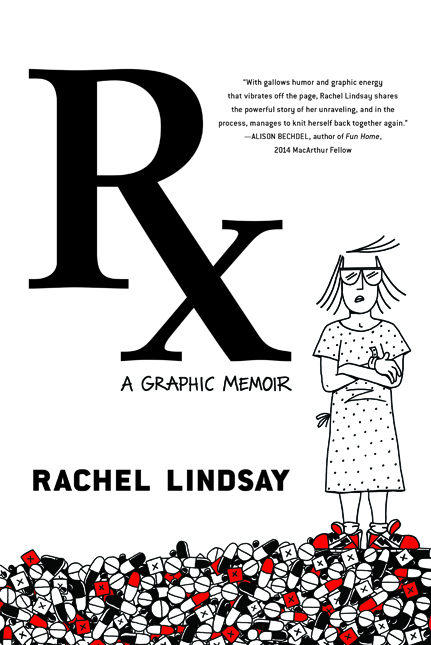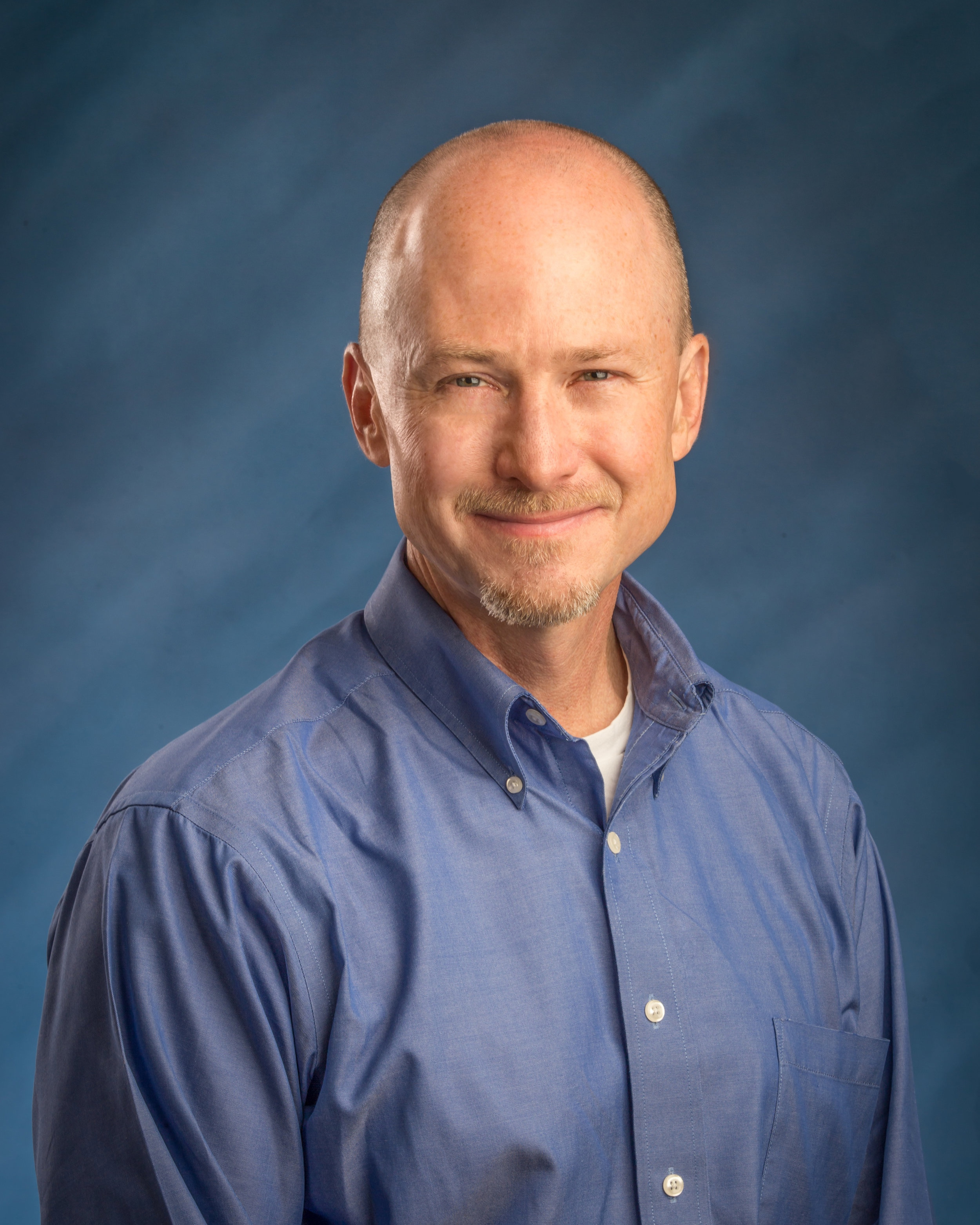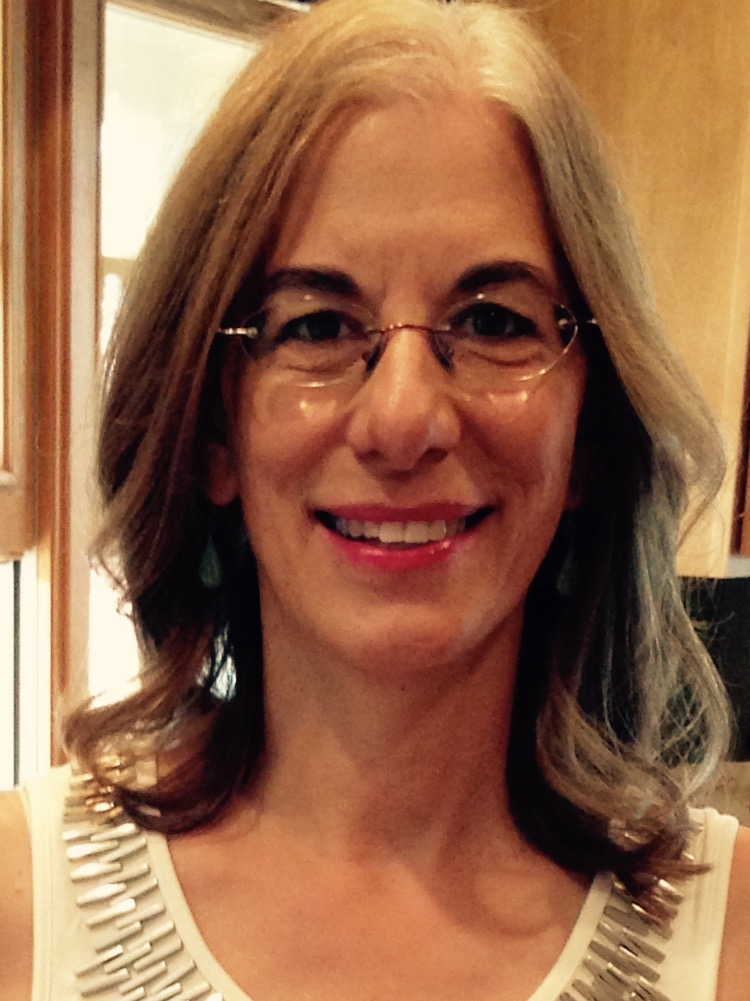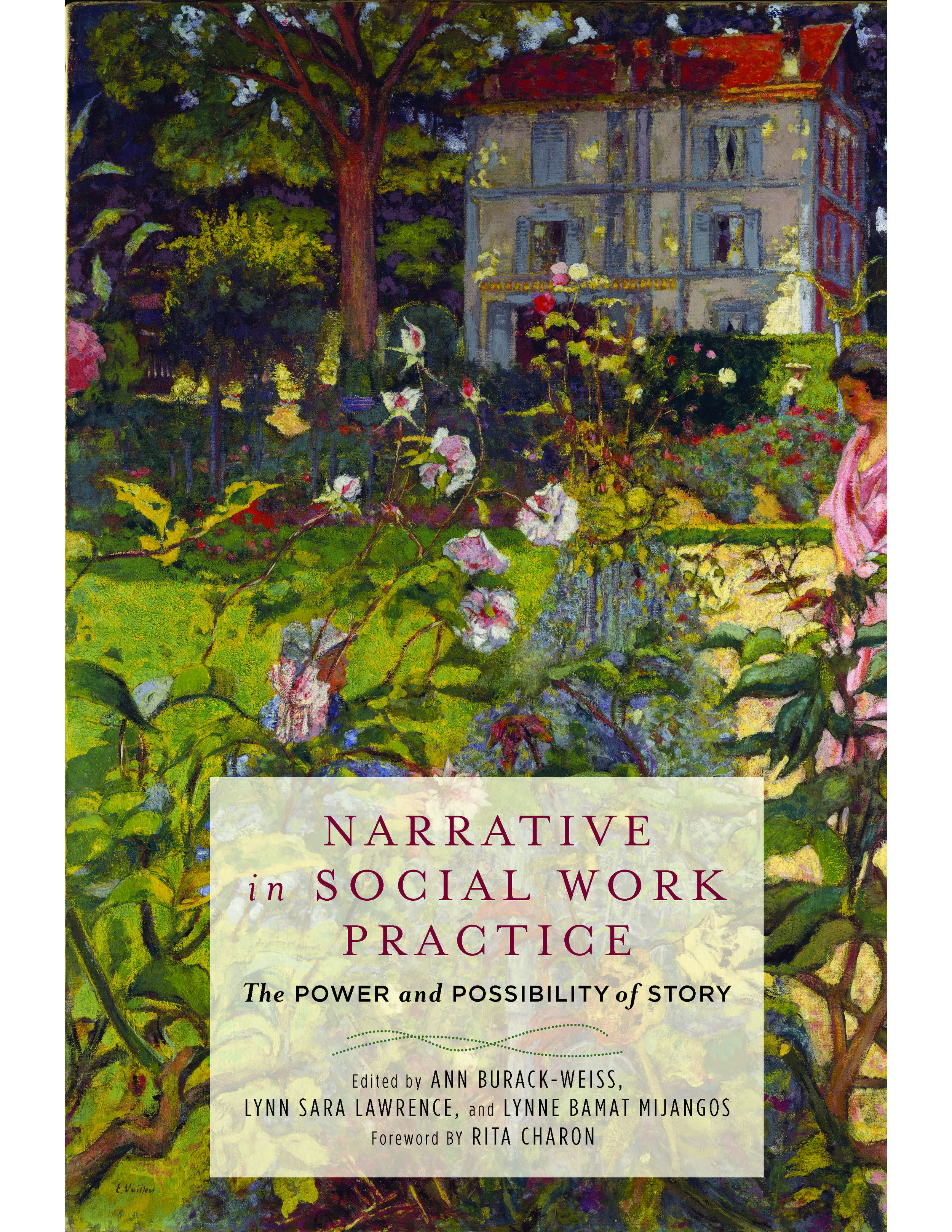This is Going to Hurt by Adam Kay
This Is Going To Hurt is a memoir from British comedian, writer and former doctor, Adam Kay. The book, published by Picador in 2017, follows Kay’s journey from a junior doctor to senior registrar (or resident to attending physician) specializing in obstetrics and gynecology. The memoir is presented as a series of journal entries that he wrote throughout his former medical career, originally intended as a means of cataloguing intriguing clinical cases.
However, his recollections are far from formally academic: Kay’s unabashed bluntness allows for an unfiltered and honest reflection of his time working under the UK’s National Health System (NHS). The book covers a wide array of healthcare topics including the doctor-comedian’s thoughts on the NHS’s treatment of its doctors; his co-workers or “drug-dealing scrotes” that erroneously prescribe diuretics to dehydrated patients; and what he describes as “Eiffel Syndrome”—the common “I fell” etiology voiced by patients presenting with household items lodged in their nether regions. Kay’s wicked commentary keeps the reader engaged with risqué, crude humor that no practicing physician would (rightly so) feel comfortable dispensing.
A praise-worthy feature of Kay’s narrative is his inclusion of informative and equally entertaining footnotes on the bottom of each page to explain the medical terminology referenced in each account. This makes the book accessible to the non-medical reader, who will learn more than a thing or two about medicine by the time they’ve reached the last page. For example:
*APGAR scores are the standard measure of how well a newborn baby is doing—they get marks for Appearance, Pulse, Grimace, Activity and Respiration. It was devised by a doctor called Virginia Apgar, which makes me think that she chose arbitrary measures just because they fitted with her surname. Like if I decided that the best measures of a baby’s health were Kicking, Applauding and Yawning.
This Is Going To Hurt is steeped in themes of physician neglect, a topic of growing relevance in today’s healthcare climate, with increasing concerns over physician-burnout and resilience that have been elevated during the novel coronavirus pandemic. While the memoir’s title is a nod to the cliché that a doctor tells a patient before inflicting procedural pain, it also reflects the mental and emotional toll physician-hood took on Kay. In one example, Kay cites a traumatic case involving a patient with placenta previa, for which he received no support from the NHS after its devastating effects. The experience was a tipping point for him that led to depression and eventually prompted him to retire his white coat for good. Physicians, Kay reminds the reader, are just people too, something he believes healthcare establishments and patients often lose sight of:
“…patients don’t actually think of doctors as being human. It’s why they’re so quick to complain if we make a mistake or if we get cross. It’s why they’ll bite our heads off when we finally call them into our over-running clinic room at 7 p.m., not thinking that we also have homes we’d rather be at. But it’s the flip side of not wanting your doctor to be fallible, capable of getting your diagnosis wrong. They don’t want to think of medicine as a subject that anyone on the planet can learn, a career choice their mouth-breathing cousin could have made.”
Author, comedian and former doctor Adam Kay.
Still, he gives equal time to the rewarding feelings he experienced when helping patients, delivering babies and treating couples with infertility issues. At trying times, it made him feel like a “low grade super-hero,” and it was this sense of satisfaction and purpose that allowed him to continue being a doctor for as long as he did. He finally summarizes his medical career with both dreariness and heart:
“The hours are terrible, the pay is terrible, the conditions are terrible; you’re underappreciated, unsupported, disrespected and frequently physically endangered. But there’s no better job in the world.”
Adam Kay’s memoir is an entertaining account of a physician-turned-comedian’s triumphs and struggles through their medical career. His new children’s book, Kay’s Anatomy: A Complete (and Completely Disgusting) Guide to the Human Body, will be available this year.—Fredrick Martyn
Fredrick Martyn
Fredrick Martyn is a Canadian writer, poet and medical student at The George Washington University School of Medicine and Health Sciences in Washington, D.C. This summer he will be beginning his residency training in family medicine at Western University in Ontario, Canada. He is a contributing writer for the medical satire website Gomerblog, as well as other online humor publications including Points In Case, Slackjaw and Little Old Lady Comedy. He also acts as a director for his medical school’s comedy show and can sometimes be found performing his poetry at Busboys & Poets, in D.C.

